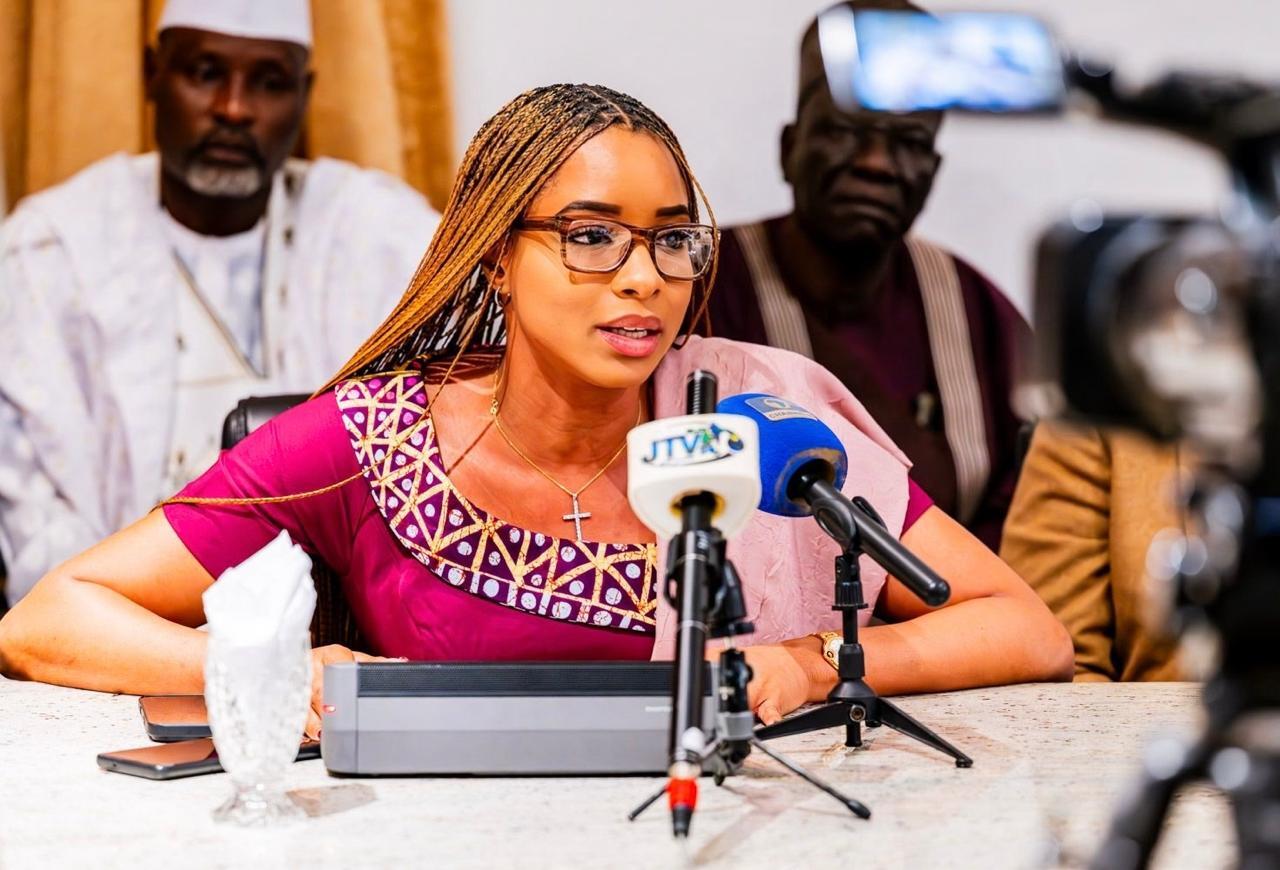Despite ongoing reforms from the Central Bank of Nigeria (CBN) aimed at improving dollar liquidity, local manufacturers under the aegis of the Manufacturers Association of Nigeria (MAN) have decried the fact that less than 50 per cent of Nigerian manufacturers’ foreign exchange (FX) requests were met through the official market in Q3 of 2025.
This is according to the latest Manufacturers CEO Confidence Index (MCCI) report, which showed that only about 49 per cent of FX requests from manufacturers were met through the official window, underscoring persistent currency shortages and volatility in the market.
MAN’s Director-General, Segun Ajayi-Kadir, noted that while FX sourcing improved marginally compared to previous quarters, exchange rate instability and limited dollar availability continued to hinder industrial production in the country.
He noted that Nigeria’s decision to float the naira in June 2023 was intended to restore investor confidence and ease access to foreign currency. However, the latest figures suggest that liquidity challenges remain widespread, forcing many manufacturers to turn to the costlier parallel market.
Despite these headwinds, the DG projected that the economy could expand by about four per cent next year, driven by increased oil production and better fiscal management.
Lamenting Nigeria’s persistently high lending rates, averaging 37 per cent, he said the rates have made lending unaffordable for many manufacturers. This, in turn, he said, is stifling expansion, discouraging new investment and worsening unemployment.
The report further showed that, despite a recent 50-basis-point cut in the CBN’s Monetary Policy Rate (MPR), the cost of borrowing for manufacturers has remained largely unchanged, with lenders retaining firmer rates.
He called for urgent policy measures to reduce energy costs, strengthen FX liquidity and expand access to affordable finance, warning that the sector’s fragile recovery could easily be reversed without decisive action.
The MCCI recorded a slight improvement, rising from 50.3 points in Q2 to 50.7 points in Q3 2025. However, real sector output slipped from 1.69 per cent to 1.6 per cent, contributing 7.81 per cent to the national GDP, down from 9.62 per cent in the previous quarter.
According to the report, improved stability in the exchange rate and a gradual disinflation trend helped lift manufacturers’ sentiment regarding business conditions, employment and production levels.
Still, output was constrained by industrial disputes in the oil and gas sector, which disrupted gas supplies and pushed up energy costs.
Looking ahead, he expressed cautious optimism, projecting slight improvements in business conditions (+1.8 points), employment (+0.1 point) and production (+0.2 point) in Q1 2026. He based these expectations on recent policy interventions, including the benchmark rate cut, suspension of the four per cent Free-On-Board levy and new tax incentives promoting local raw material sourcing.
He also cited growing optimism around the forthcoming Nigeria First Policy and the expected Presidential assent to the 30 per cent value addition requirement for raw material exports.
Of the 10 manufacturing sub-sectors reviewed, only six recorded higher confidence levels, while four declined. The Plastic and Rubber group benefited from a steady local polypropylene supply, which eased FX pressure, while the Electrical and Electronics sector saw gains from the ongoing nationwide fibre-optic expansion.
Commenting on the findings, Ajayi-Kadir said that despite the slight increase in confidence levels, all key indicators remain below the 50-point benchmark, signifying that the sector is heavily stressed.
“Persistent inflation, exchange rate volatility, and high lending costs continue to constrain productivity. Without sustained reforms and policy consistency, these challenges will keep weighing on the sector’s competitiveness,” he said.






